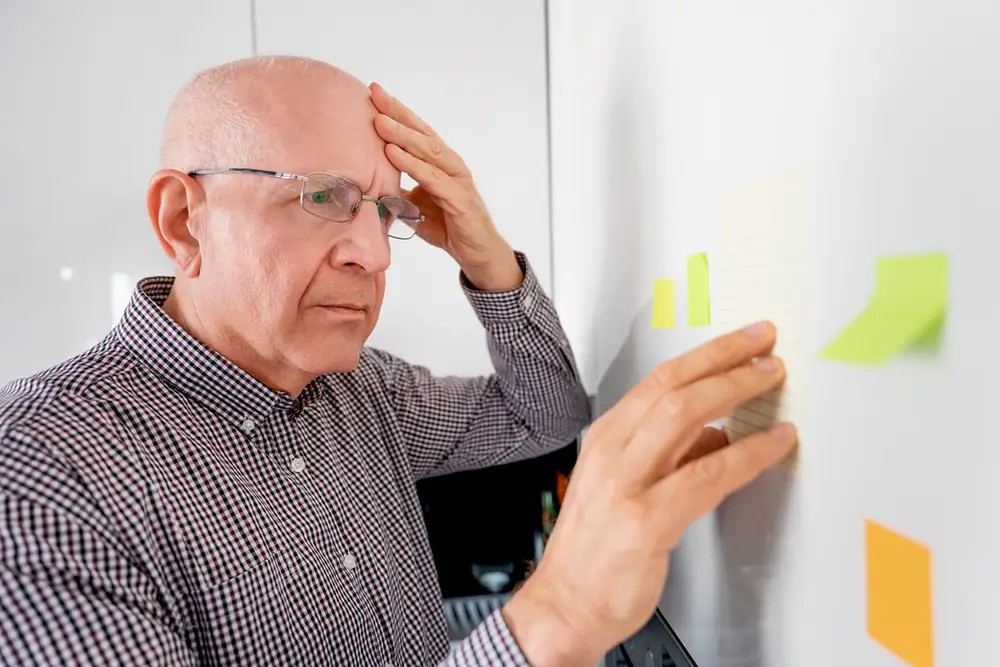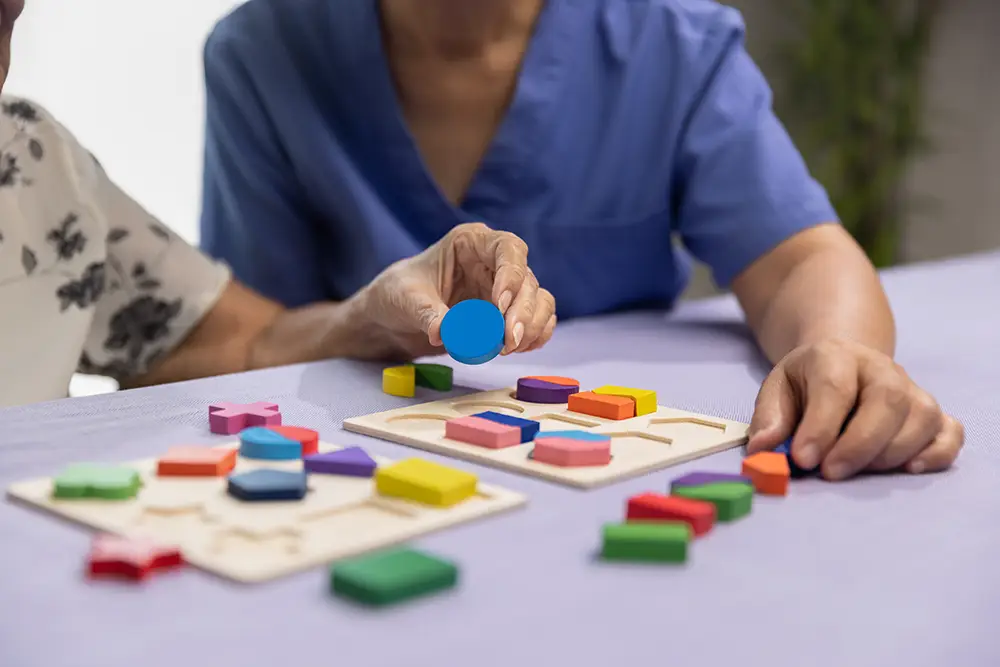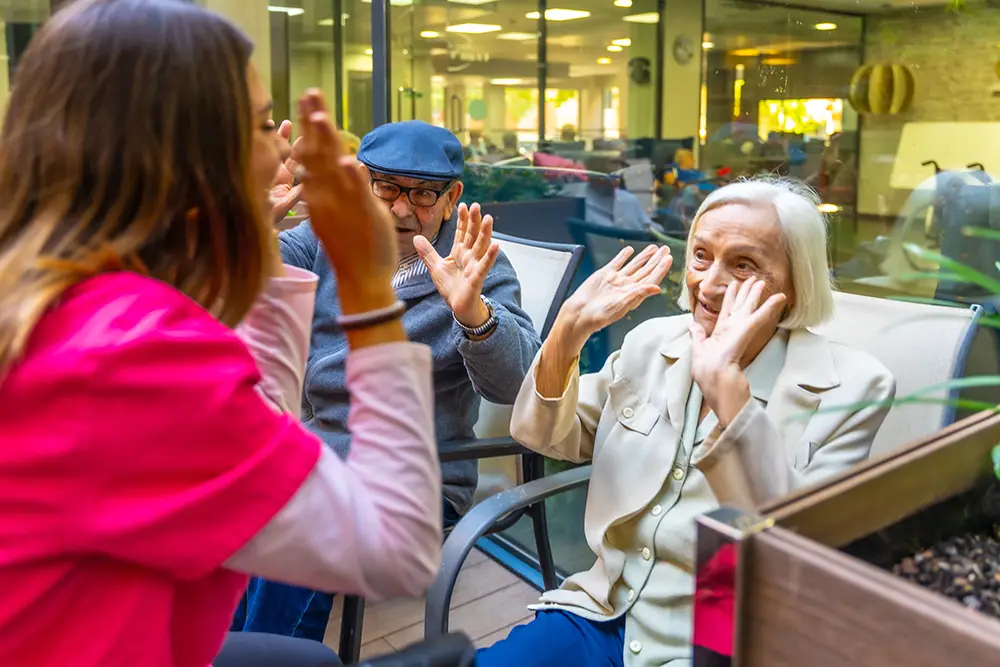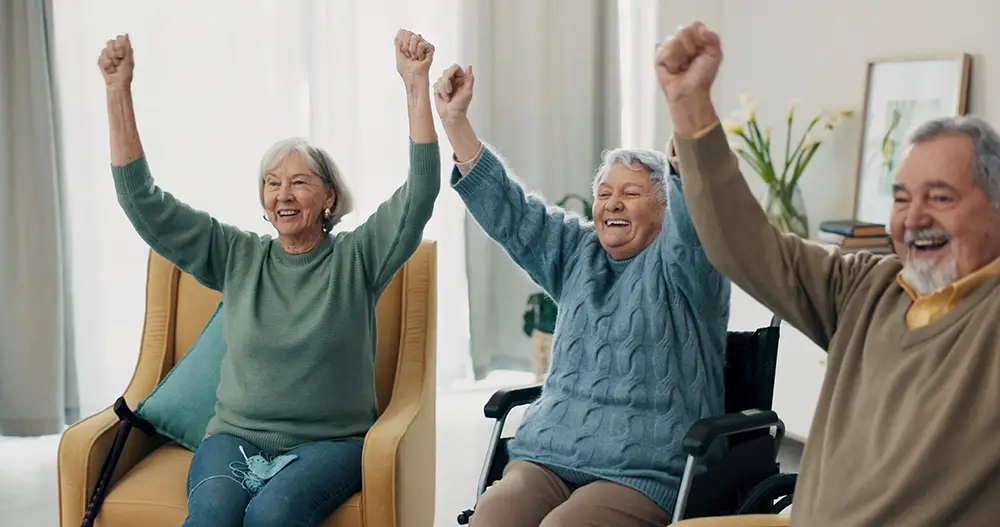What is Dementia?
Cognitive decline can alter routines, emotions, and connections

How is Dementia Diagnosed?
Through a careful, multi-step process led by professionals

Diagnosing dementia requires more than one test. It often involves a combination of medical evaluations, cognitive assessments, and input from family and caregivers.



